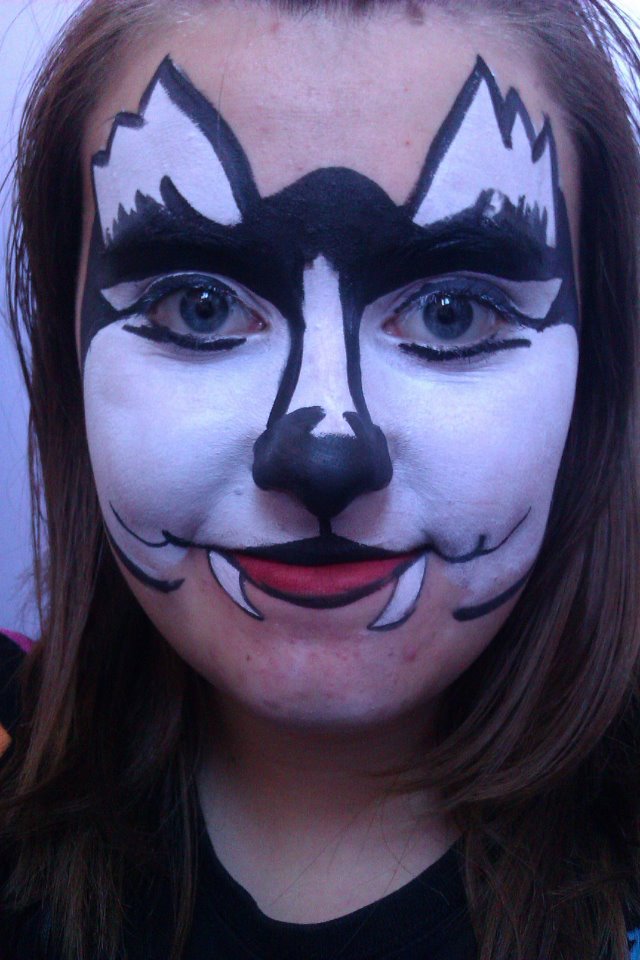
Introduction
Face painting has become a popular activity for parties, events, and even Halloween. One of the most captivating designs is the wolf face paint. This article will explore the various techniques, tips, and ideas for creating a stunning wolf face paint that will leave everyone in awe.

Choosing the Right Colors
When it comes to wolf face paint, selecting the appropriate colors is crucial. The primary colors typically used are black, white, and shades of gray. These colors help to create a realistic wolf appearance. For a touch of creativity, you can also incorporate brown or gold to add depth and dimension to the design.

The Base Coat
Before starting the intricate details of the wolf face paint, it is essential to apply a base coat. This step helps to create a smooth canvas and allows the colors to stand out. Begin by applying a layer of white face paint all over the face, ensuring even coverage. This base coat will provide a solid foundation for the rest of the design.

Outline and Features
Now it's time to outline the wolf's features and create a realistic look. Using a thin brush and black face paint, carefully draw the outline of the wolf's snout, ears, and eyes. Pay attention to the shape and size, as these details will determine the overall appearance. Once the outline is complete, fill in the eyes with yellow or gold face paint for an intense gaze.

Shading and Fur Details
To bring the wolf face paint to life, adding shading and fur details is essential. Using different shades of gray, lightly blend them into the white base coat to create depth and dimension. Apply the darker shades around the snout and eyes to accentuate these features. For the fur, use short, quick strokes to mimic the wolf's fur texture, paying attention to the direction of the strokes.

Finishing Touches
Once the main features and fur details are complete, you can add some finishing touches to enhance the overall design. Consider using a touch of black face paint to define the wolf's nose and mouth, giving it a more realistic appearance. Additionally, you can add highlights using white face paint to create a sense of light reflection and bring certain areas of the wolf's face forward.

Extra Ideas
While the traditional wolf face paint design is stunning on its own, you can always add a personal touch or get creative with additional elements. For example, you can incorporate tribal patterns or symbols around the eyes or on the forehead. Another idea is to add glitter or metallic accents to make the wolf design more eye-catching.

Conclusion
Creating a wolf face paint design can be an exciting and visually captivating experience. By following the techniques, tips, and ideas mentioned in this article, you can achieve a stunning wolf face paint that will impress everyone. Let your creativity flow and unleash your inner wolf!